Biotic Explorers Research Group
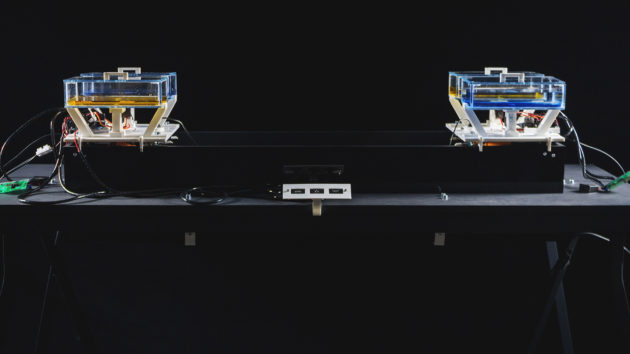
The Biotic Explorers Research Group is a fictitious association and the collaborative effort of scientists from different European countries that worked on the borders of technological explorations in a scientific context under the administration of the U.S. Department for Transcontinental Scientific Exchange during the 1970s and the early 1980s. In their researches, they traveled far and wide throughout Europe to visit different locations to observe, record and explore the behaviour of the regional biota.
Due to its classified nature only a marginally small amount of reports, out of 45 conducted researches and experiments, as well as the blueprints for a possible novel communication technology, based on fungal networks, could be retrieved from an unknown source.
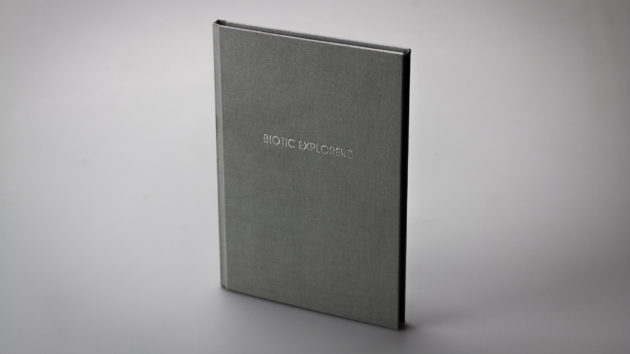
The results are distilled into two artefactual objects: A scientific book containing reports and their accompanying illustrations and scientific diagrams, ordered chronologically. Their researches comprised empirical and non empirical research methods on, eg. algae plants as photosyntentic nutrition substitutes for humans, the recreation of robotic/machinic animals, the reanimation of cadavers in a frankensteinian way through voltage experiments, the exploration of sub-sonic communication with radio towers and deers and communication through different rhizomatic structures.
The other object is an experimental setup, instantiating the communication technology that was discovered by the Biotic Explorers. The main premise of the installation is, that binary digital is sent through a “living” mesh of a funghi and its hyphae/mycelium.

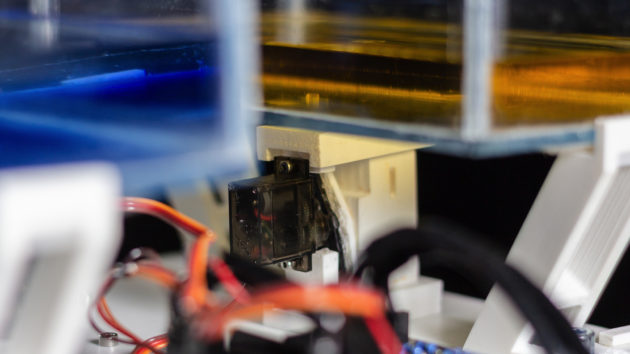

In order to transmit digital data (HIGH and LOW from an electrical standpoint) through a substance or body such as the mycelium of Amanita muscaria (fly agaric), Amanita pantherina (panther cap) or Macrolepiota procera (parasol mushroom), it has to be converted first. This happens with the help of motors and two tanks which hold pH liquids, which are close to the fungi’s normal pH value, but slighty off-set: over and under the value two mark a HIGH and LOW point.


By activating either tank, the pH value drops or rises, similar to pull-down or pull-up resistors when used with analog sensors in physical computing. Drops of the liquid enter the soil and thus infiltrate the mycelium, dispersing the signal and setting off the balance of the whole mesh. This is a “bit” entering the mycelium network. It is then possible to measure at a different point and wait for a differential signal. As soon a change in pH value is registered, the measuring point can either neutralize the pH value and thus stabilize the network or drop/rise the signal with a different infusion of pH liquids and send a different “bit”.
In reality, this way of sending signals is the opposite what we are used today on the internet, but it is in a way the way mother nature has been sending signal betweens trees for thousands of years.
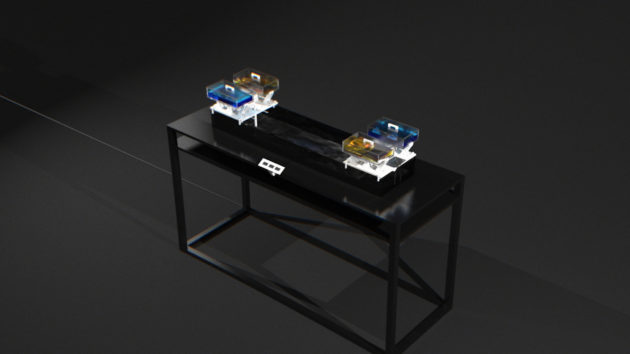
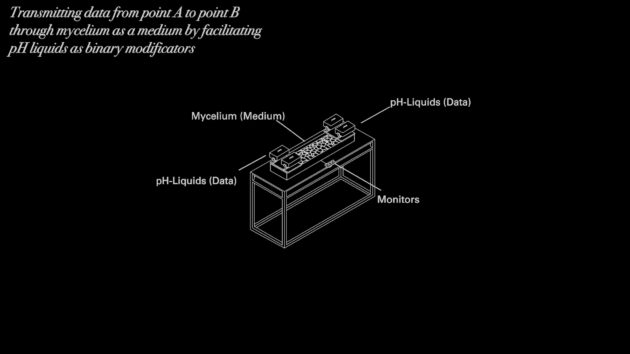
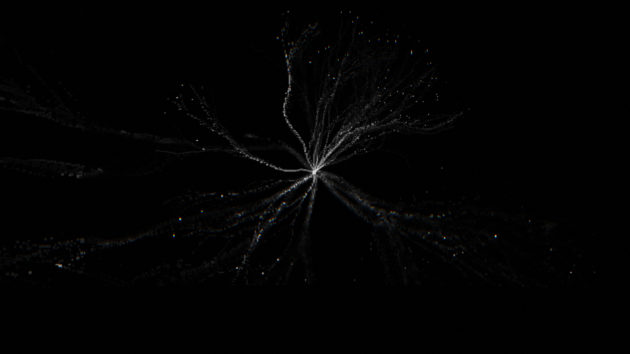

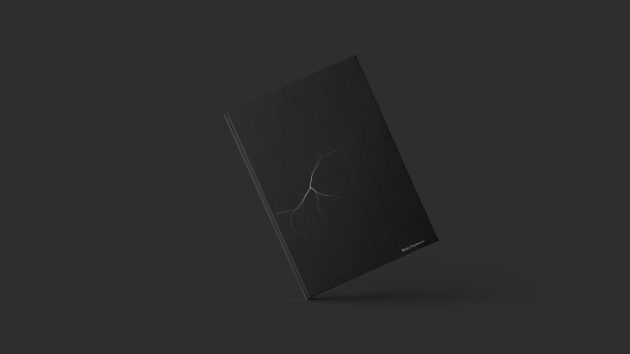
The complete thesis is available for download as a PDF, and for online preview at Issuu.
For citations, please use: Hespenheide, J. (2017) Biotic Explorers Research Group. 1st ed, [online]. [Accessed on (current date)]. Available at: http://julian-h.de/biotic-explorers/.

